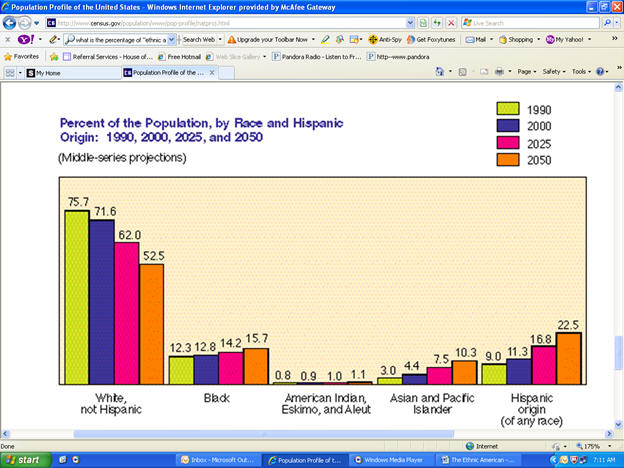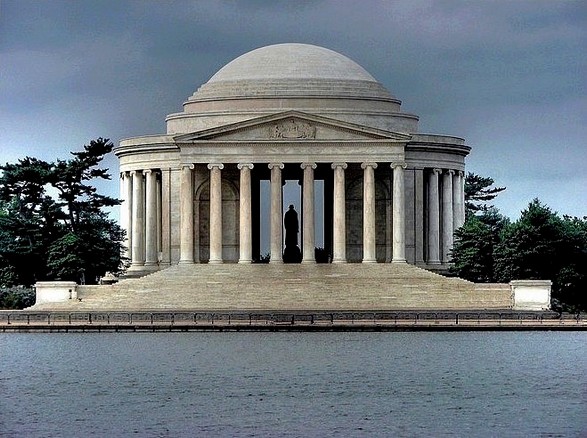|
|
LITR 4231
Early American Literature 2012 research post 1 |
|
Melissa Lopez
The Ethnic American
As Thomas Sowell of
The Ethnic America: A History wrote,
“the peopling of America is one of the great dramas in all of human history.”
America, which is commonly referred to as a “melting pot,” is made up of
a variety of different races and ethnicities thus, how the term “ethnic
American” came about. What exactly
is an “ethnic American” though and who can be classified as one?
Since the arrival of the first Europeans in
America, 45 million people have crossed every ocean and continent to reach the
United States. According to Sowell,
“today, there are more people of Irish descent in the United States then in
Ireland, more Jews than in Israel, more blacks than in most African countries.
There are more people of Polish ancestry in Detroit than in most of the
leading cities of Poland, and more than twice as many people of Italian ancestry
in New York as in Venice.” The ethnic communities that make up the mosaic of
American culture are so large that they cannot be labeled as a “minority” and so
diverse that no one group can be labeled as a “majority”.
According to the 2000 US census (shown on the chart below), less than 4% of the population is Native American, Eskimo, or Aleut meaning that 96% of the population is considered to be “ethnic American” because they currently live in America however, originated from other countries across the globe. In Ethnic Americans: A History of Immigrations by Leonard Dinnerstein and David M. Reimers, it is stated that many used to consider being an “American” as “shedding foreign ties, culture, and religion and adapting to what now may be called the values and beliefs of white, Anglo-Saxon, Protestant America.” In today’s society however, people are more willing to embrace their culture and see it as something unique.
Just
as America has become more and more diversified throughout the years, so has the
acceptance of different cultures among society thus, many now see the term of
“ethnic American” as having a positive correlation instead of as in before where
it was seen in a negative light.

|
|
|
|


